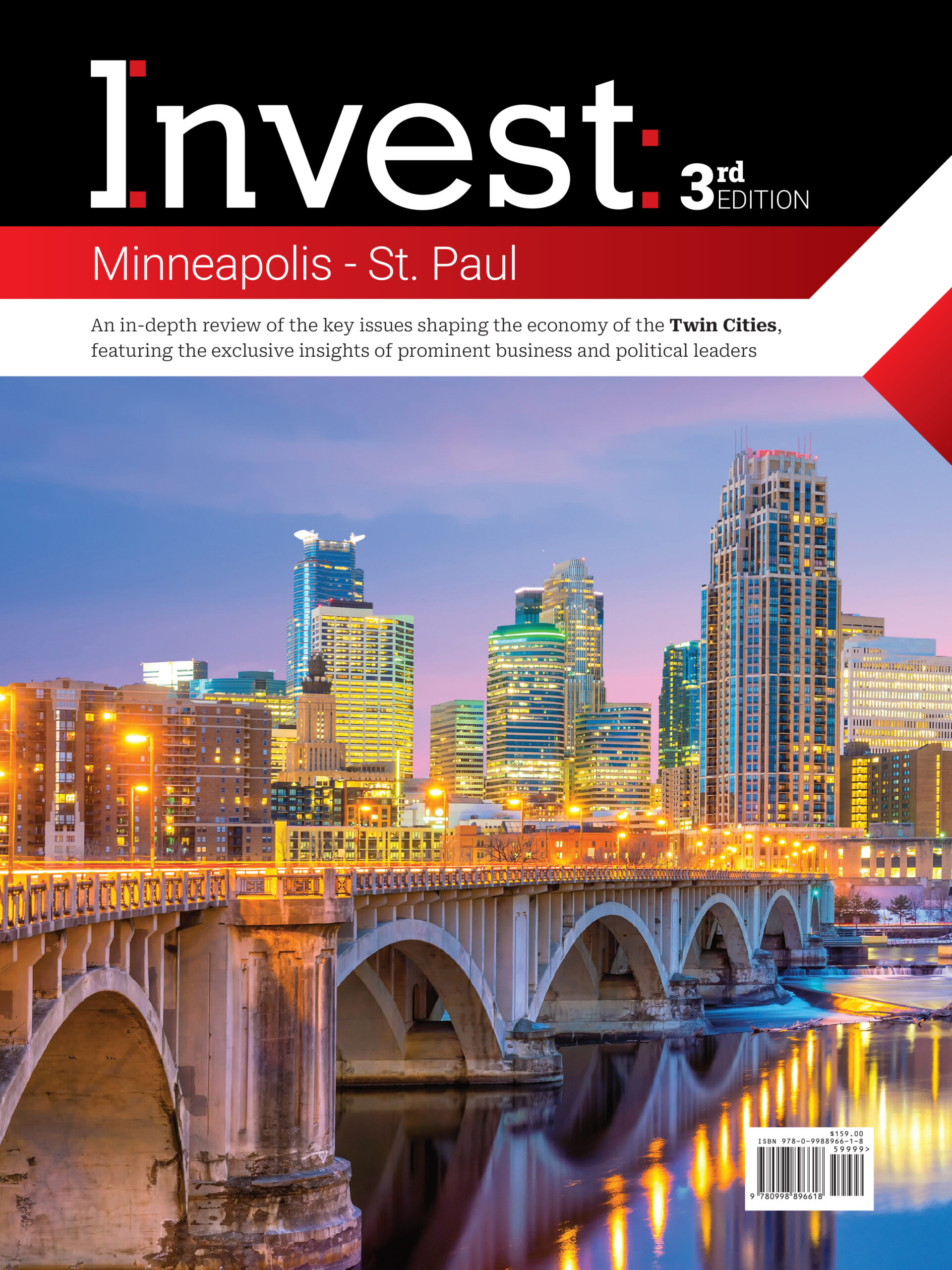Greater Philadelphia’s path to becoming national hydrogen hub
Writer: Esteban Pages
 October 2023 — President Joe Biden recently unveiled his administration’s plans to develop hydrogen hubs in the U.S., setting the stage for further available funding opportunities for Greater Philadelphia’s green economy.
October 2023 — President Joe Biden recently unveiled his administration’s plans to develop hydrogen hubs in the U.S., setting the stage for further available funding opportunities for Greater Philadelphia’s green economy.
In the Keystone State, this element of the Biden administration’s Inflation Reduction Act energy plan is poised to translate into 20,800 jobs, up to $10.2 billion in public investments for close to 300 hydrogen-specific projects across the state and a production of 100,000 tons of hydrogen per year.
“I’m here to announce one of the largest advanced manufacturing investments in the history of this nation: $7 billion in federal investments that’s going to attract $40 billion in private investment in clean hydrogen to power our economy. Spread over 16 states, creating tens of thousands of good-paying jobs, many of them union jobs. It’s a $50 billion investment in our economic competitiveness, in a stronger energy-secure economy, and combating the existent threat of climate change,” Biden said.
In the Mid-Atlantic region, 17 sites spanning Southeastern Pennsylvania, Delaware and New Jersey were selected to develop these strategic hubs. The hubs utilize existing infrastructure supporting oil pipelines and refineries and will be repurposed to use clean hydrogen.
The announcement aligns with Greater Philadelphia’s energy transition efforts, which included the launch of a green bank in 2021, an ambitious energy efficiency plan and a $1 billion Philadelphia Energy campaign started in 2016 to create 10,000 green economy jobs over the next 10 years from the Philadelphia Energy Authority (PEA). The campaign combines public and private financing to invest in clean energy and energy efficiency projects in four key sectors: public schools, businesses, city buildings and affordable residential buildings. Since launching the campaign, the PEA has facilitated over $167 million in clean energy projects, creating more than 1,700 jobs. At the city level, Philadelphia’s Office of Sustainability (OOS) published its Clean Energy Vision in 2018, enlisting a series of strategic pillars — clean, efficient, resilient, affordable and equitable — to reduce citywide carbon emissions 80% by 2050 and move Philly closer to its zero-carbon future.
Spotlight On: Emily Schapira, President & CEO, Philadelphia Energy Authority
While speaking about workforce needs, Biden highlighted the important role local higher education institutions are poised to make to provide a sustainable pipeline of skilled green economy workers. “Here in Pennsylvania, Cheyney University — the oldest HBCU in the country — is part of this hub and will be training workers for these new clean energy jobs. Plumbers, pipefitters are going to replace and retrofit oil pipelines to transport the hydrogen here, where fueling stations at the Port of Philadelphia, in partnership with Philadelphia Gas Works, will provide clean hydrogen to people to power trucks, heavy-duty equipment operated by Longshoremen and Teamsters. That’ll mean cleaner air, since equipment that runs on hydrogen produces fewer emissions than diesel.”
Another key talent development milestone was announced by the PEA back in 2021, with the opening of a Solar Training Lab at the Frankford High School in partnership with the School District of Philadelphia. On the legislative side of the green economy equation, State Rep. Christopher Rabb introduced Bill HB1740, which would enact Pennsylvania’s 100% transition to renewable energy by 2050 and maximize environmental and economic benefits throughout the Commonwealth’s energy industry. If passed, it would be “imposing duties on the Department of Environmental Protection and other Commonwealth agencies relating to energy consumption and renewable energy generation; establishing the Renewable Energy Transition Task Force, the Just Transition Community Advisory Committee, the Renewable Energy Center of Excellence, the Council for Renewable Energy Workforce Development and the Renewable Energy Workforce Development Fund; providing for interim limits on energy produced from nonrenewable sources and for wage requirement for energy producing systems,” as outlined by the Pennsylvania General Assembly.
There’s nowhere to go but up for Pennsylvania, which lags behind the rest of the nation in its energy transition. According to PennEnvironment Research & Policy Center, Pennsylvania’s wind, solar and geothermal generation amounted to 4,789 GWh in 2022 statewide; 3% of the state’s overall electricity sales. The development of hydrogen hubs is likely to bolster the state’s renewable energy generation to become a key contributor to the IRA’s overall goal of reducing carbon emissions 40% by 2030.
For more information, visit:













